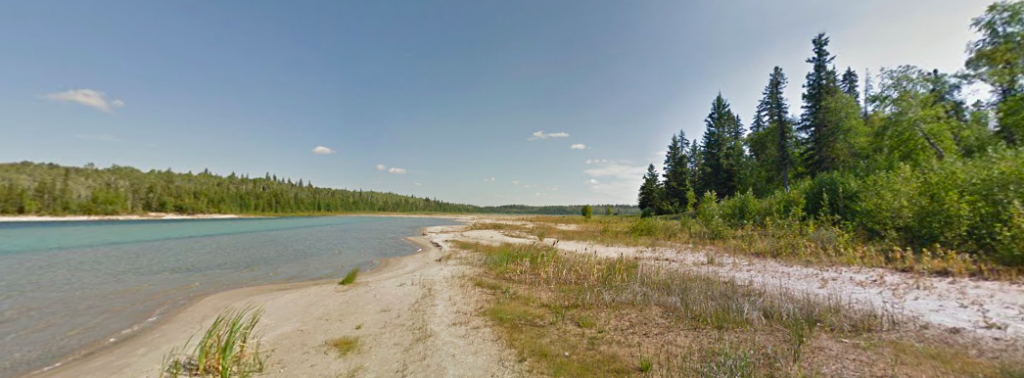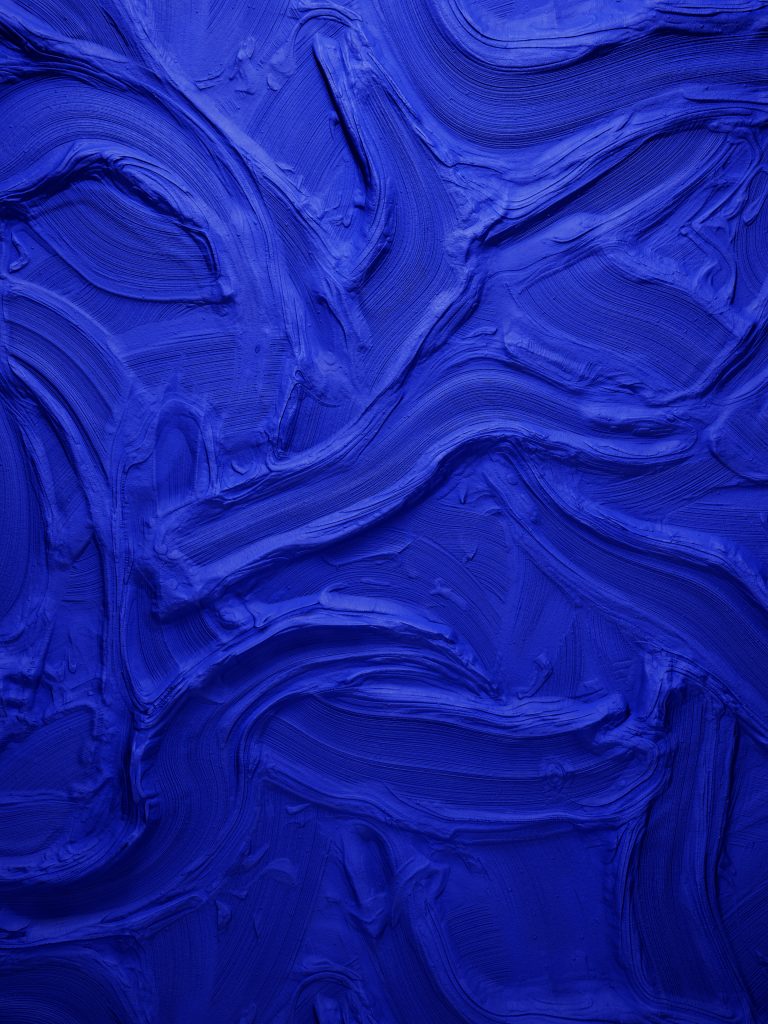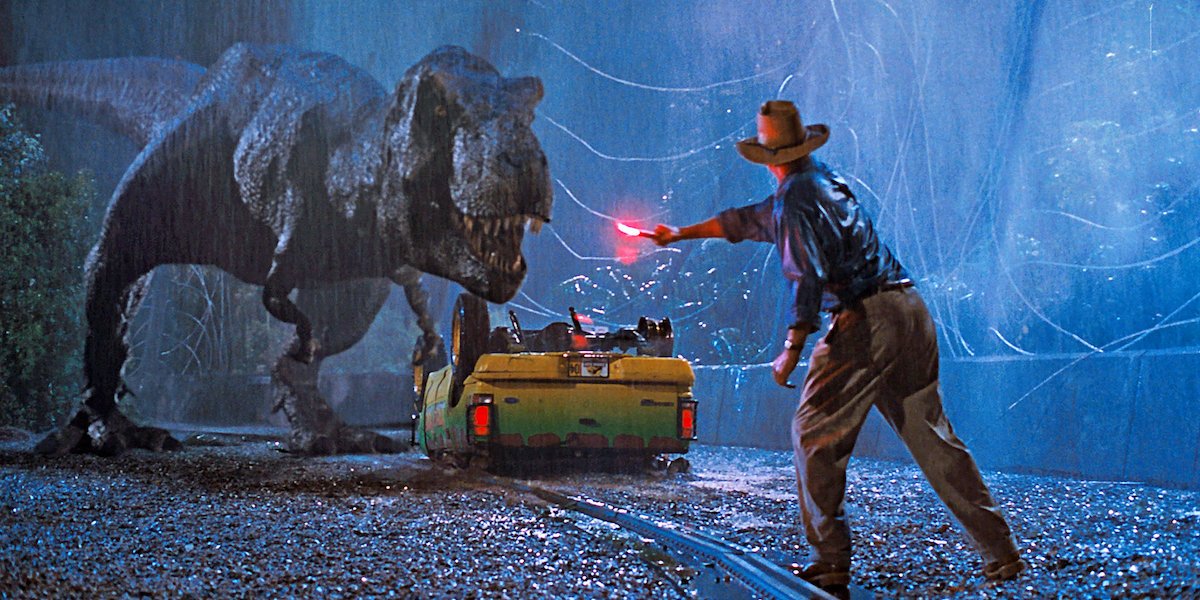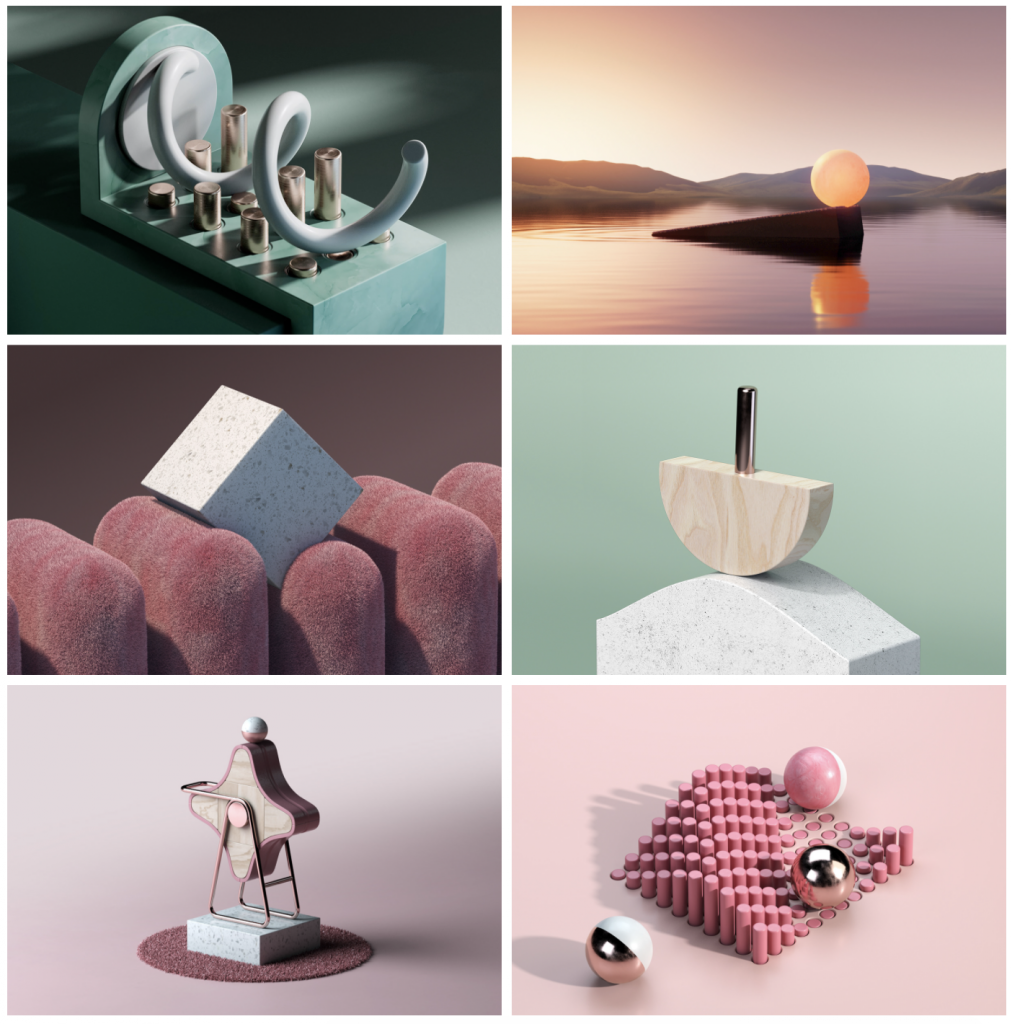For this week’s looking outwards blog, I looked at Andy Lomas’ Morphogenetic Creations. Presented at the Watermans Art Centre, is meant to illustrate and explore how “intricate complex structures, such as those found in nature, can be created emergently through computational simulation of growth processes.” The installation includes prints, projections and videos, and stereoscopic work. Lomas uses randomization in his algorithms in order to make his creations more complex than anything he could hard code. This also helps illustrate how small changes in the algorithm can lead to massively different outcomes.
Category: LookingOutwards-05
LO 5
I love Gustavo Henrique’s 3D style. The use of color and the softness of form creates a child-like, fantastical scene. He emphasizes simplicity that is full of details as he states, “All constructions were modelled in a very simple way. Most of my designs are simple but full of details.” He is motivated to inspire other people through his art. His style reminds me of a game-like environment or a rendering of a physical toy. He is able to capture the feeling of being toy-like through manipulating the camera settings. He uses a 150mm focal length and a high aperture to create a blurred background and achieve a miniature feel to his work.
Looking Outwards 05: 3D Computer Graphics
I admire the project named Supermassive Blackhole by Nika Maisuradze because of the way they created the feeling of 3D even though it is just a 2D image. The details in this piece to create the illusion of a black hole actually being there are really well done. The color schemes incorporated into this piece are also put together nicely to make it seem surreal and 3D. The highlights in some parts creating emphasis on things help create movement within the piece as well. I know the Nika used the software called Blender and Blackmagic Design Fusion. The feeling of a black hole that Nika wanted is really shown with the way the atmosphere and the background are transparent in some places and just opaquely black in others.
LO 5: 3D Computer Graphics
I am continuously amazed by the scale of Google Maps Street View / Google Earth. The fact that I can pick almost any road in the world and get a view as though I am there is insane. I love using it to look around my neighborhood and pretend that I’m taking a bike ride. Street View is also helpful when I’m going somewhere new. I appreciate that this compilation of images has been organized so that I can get a 3D view of so many places. I hope to encounter someone taking pictures to update the database. I know they are continuously retaking photos to ensure that Street View is up to date. I have no idea what specific methods they use to generate the 3D imaging, but I assume it’s all/mostly done by computers, since it would be a huge pain for humans to do it for the entire world. It is funny to see how some cars/trees/other objects in the environment are sometimes rendered badly. The computers are not perfect, but they do an amazing job.
https://www.google.com/streetview/

LO 05: Man Mask
LO 5
Man Mask
By Rachel Rossin
“Man Mask” is a VR piece by Rachel Rossin in which the viewer inhabits (literally is placed inside) a call of duty avatar. The piece takes the viewer on “a guided meditation through landscapes taken from the game Call of Duty: Black Ops, drained of violence and transformed into an ethereal dream world”. I think that the idea of taking assets and environments from a video game and recontextualizing them for a completely different effect is pretty interesting. It allows for commentary on the particular piece of media, but also the freedom to depart from it. This piece was created in part as a reaction to the artist’s own experience playing first person shooters and taking on a male avatar online in search for neutrality. I also think it is interesting how it places the viewer visibly inside the avatar, so you are more immersed in the character than in a third person view, but not really looking through the character’s eyes, rather from behind them.
LO 5: 3D Computer Graphics

For this Week’s Looking Outwards, I will talk Romain Lemaire’s Color Project – Blue 01 Oily Paint Stroke (Early 2021).
Lemaire is a French “Freelance Material Artist” – as per his ArtStation Profile. He created this artwork as he sees his ability to work with color as a weakness. Hence, by working more with color, he will improve his abilities.
The Work itself was made using rendering techniques from what I could find. As for guesses on what algorithms were used, I would say ones that depend on where the strokes of the mouse are. I admit I am unknowledgeable of the process of creating 3D art other than the common terms like “rendering” that are used.
Other than that, I like the Work because of how different it is from everything else I saw. When Professor Cortina told us not to do Video Games, I was kind of dreading writing this LO up. That dread increased as I was trying to find 3d Computer Graphic Artwork that was not Video Game related. I originally used google images, but after clicking on one of the links for this Week LO’s writeup, I began searching on ArtStation instead. After searching the tags of #Digital 3D and #Abstract, I found Lemaire’s Work.
Besides the Work’s originality, I liked how warm it made me feel and a weird sort of peace that it instilled. Finally, it just looks good in all honesty – which I know I say for all of my LOs.
Here is the links to this Work, his ArtStation Profile, and his ArtStation Blog.
LO #5
“Unexpected Growth” is an augmented reality installation by Tamiko Thiel in 2018 and part of Whitney Museum’s exhibition “Programmed: Rules, Codes, and Choreographies in Art, 1965-2018.” Viewers were able to experience the installation directly through their smartphones on the Whitney Museum’s terrace. After opening the video, viewers can walk through the balcony and see it crawling with unchartered growths and plants that create an oceanic alternative to the New York high rise. I find most interesting how the futuristic, fictional visuals essentially occupies and invades the viewer’s very physical location, which to some degree closes the typical perception gap between such type of futuristic art and the viewer. Personally this digital installation epitomizes the title of the class for it is enabled by technology to bridge reality and another space, in this case the artist’s creation of a submerged New York in some undated future, into coexisting as one dimension. It allows a degree of inclusion and interaction for viewers that is not usually provided by more traditional art mediums.

LO 5: 3D Computer Graphics
The piece of 3D Computer Graphics I’m studying this week is widely regarded as one of the best early works of CGI to date. The creation of the dinosaurs in Jurassic Park (1993) is an interesting endeavor and product for multiple reasons. First, as a dramaturgy major, I view movie visuals in terms of how they relate to the plot. In the case of Jurassic Park, the realistic appearance of the dinosaurs was paramount to the success of the movie. Second, the technical skill was unparalleled at the time. To give the dinosaurs the appearance of real weight and depth, the movie used a combination of animatronics and CGI. The computer generated work focused on texture and light to give a realistic 3D effect.

LO: 3D Computer Graphics

Andreas Wannerstedt’s unique 3D sculptures show mesmerizing looping animations using playful and simple geometric shapes in balanced compositions. Along with motion, Wannerstedt applies organic textures as well as peaceful color palettes to display the various geometric shapes onto the 3D environment, creating a sense of “hypnotizing“ illusion. I found his synchronized animations with harmonizing tones really satisfying and relaxing to watch. I really admire how the behaviors of his animations differ from that of real world, defying gravity and friction. Such natural aspects of his motions entertains and aesthetically pleases the viewers with a touch of clean and tranquil feeling. Wannerstedt’s artistic sensibility surfaces. When he established his own, new atmosphere with the geometric shapes through motion and texture.
Reference: https://andreaswannerstedt.se/
LO-05: 3D Computer Graphics
For this LO, I decided to look at the fashion website Dress-X which features digital clothing and is founded by Daria Shapovalova and Natalia Modenova. All the clothes are generated through 3D computer graphics instead of being physically manufactured so you will have to send them a photo of yourself, which will be sent back to you with the clothes photoshopped onto it. Some of the brands featured on the website do not use 3D digital design methods, so Dress-X has to create digital graphics for them. Since designers spend a lot of time creating intricate details on their physical clothes, the 3D artists have to also be careful in how they capture those physical properties and translate them into a digital space. They focus on creating 3D models that could also work in reality, keeping track of function and form. However, what I find the most interesting about this service is that you can try on the clothes using the Dress-X app, where AR is used to morph the clothes to your body as you move around. I supposed the app heavily relies on AI to identify the body and morph the clothes around it. Dress-X aims to reduce waste that comes from physical clothing production, such as the carbon footprint of manufacturing and increasing textile waste.
![[OLD SEMESTER] 15-104 • Introduction to Computing for Creative Practice](../../../../wp-content/uploads/2023/09/stop-banner.png)